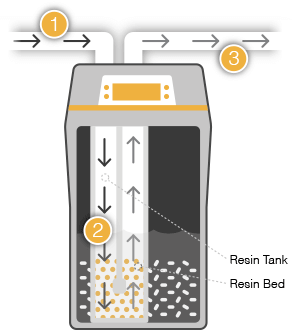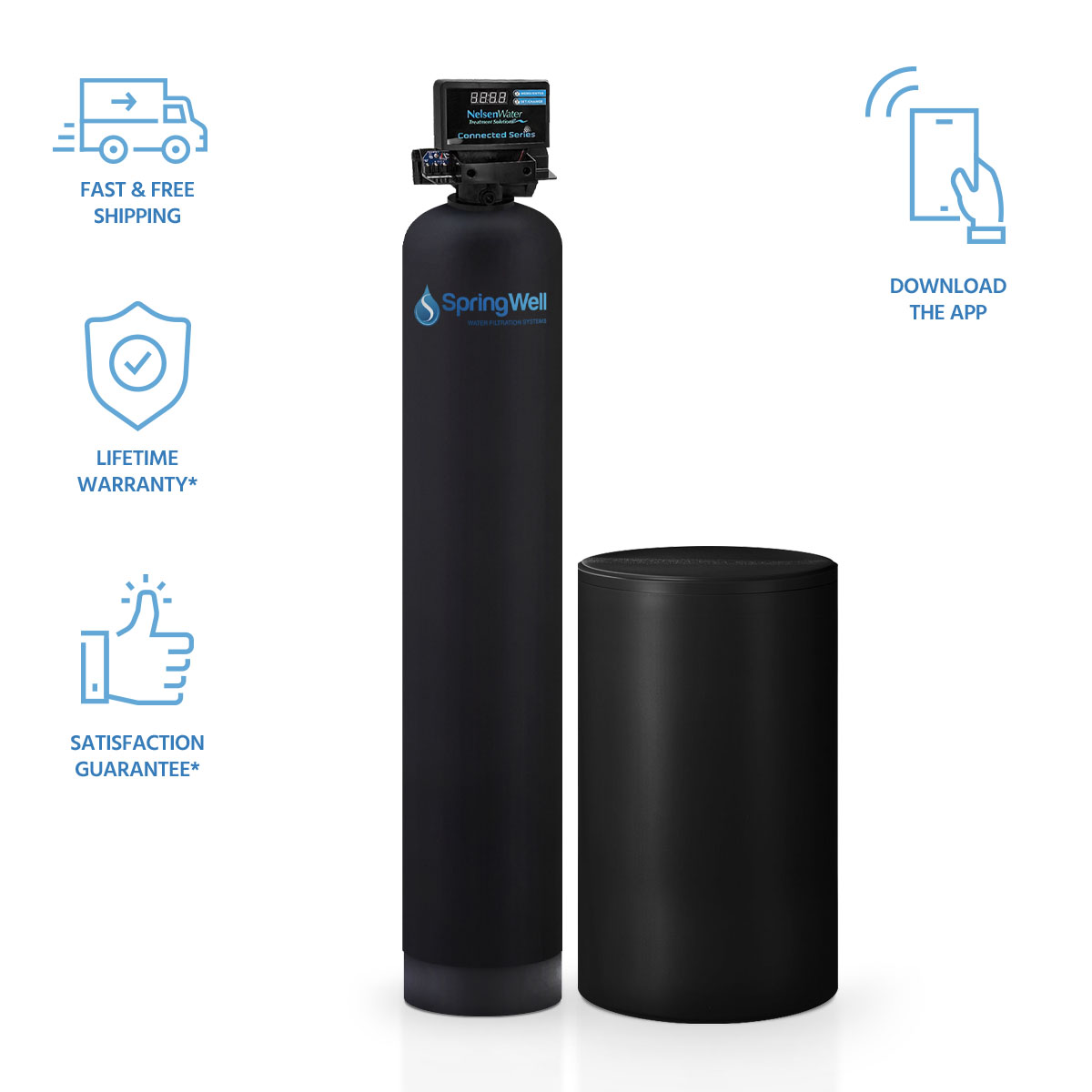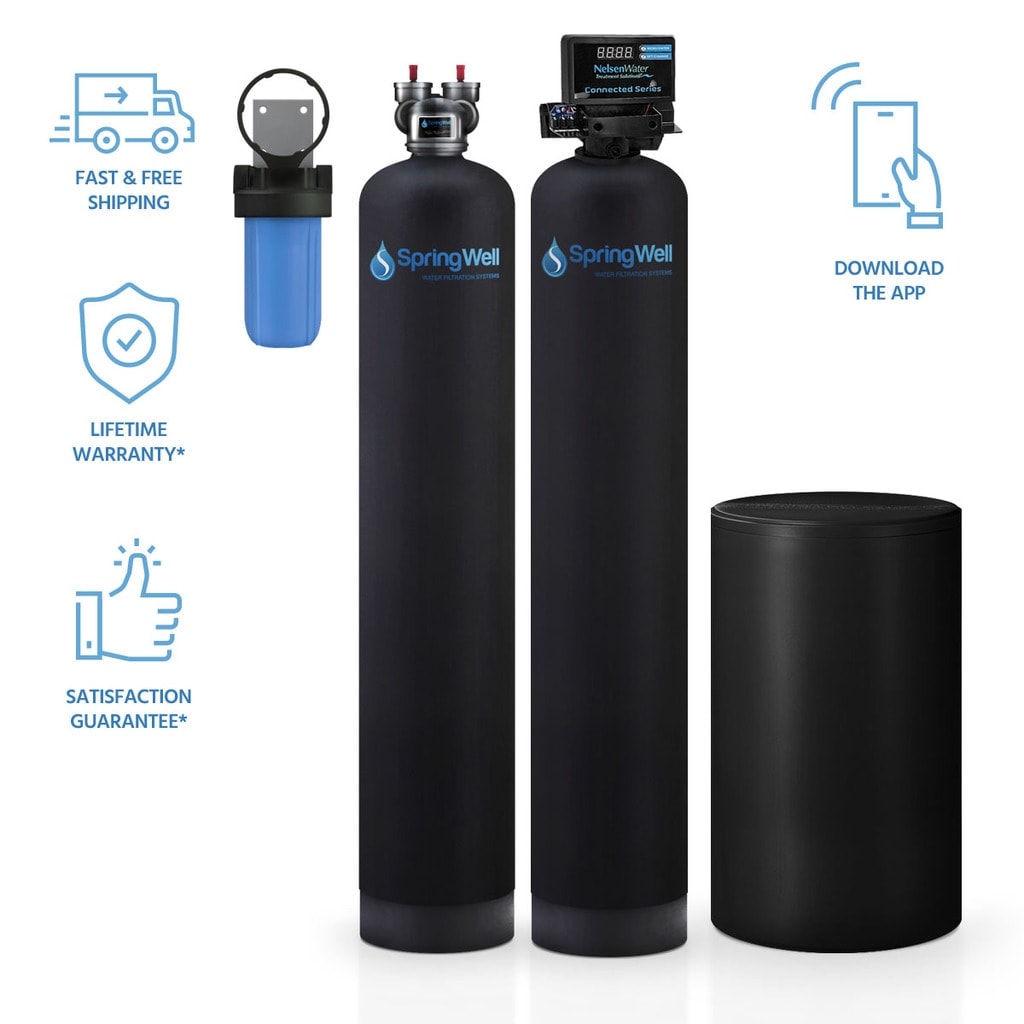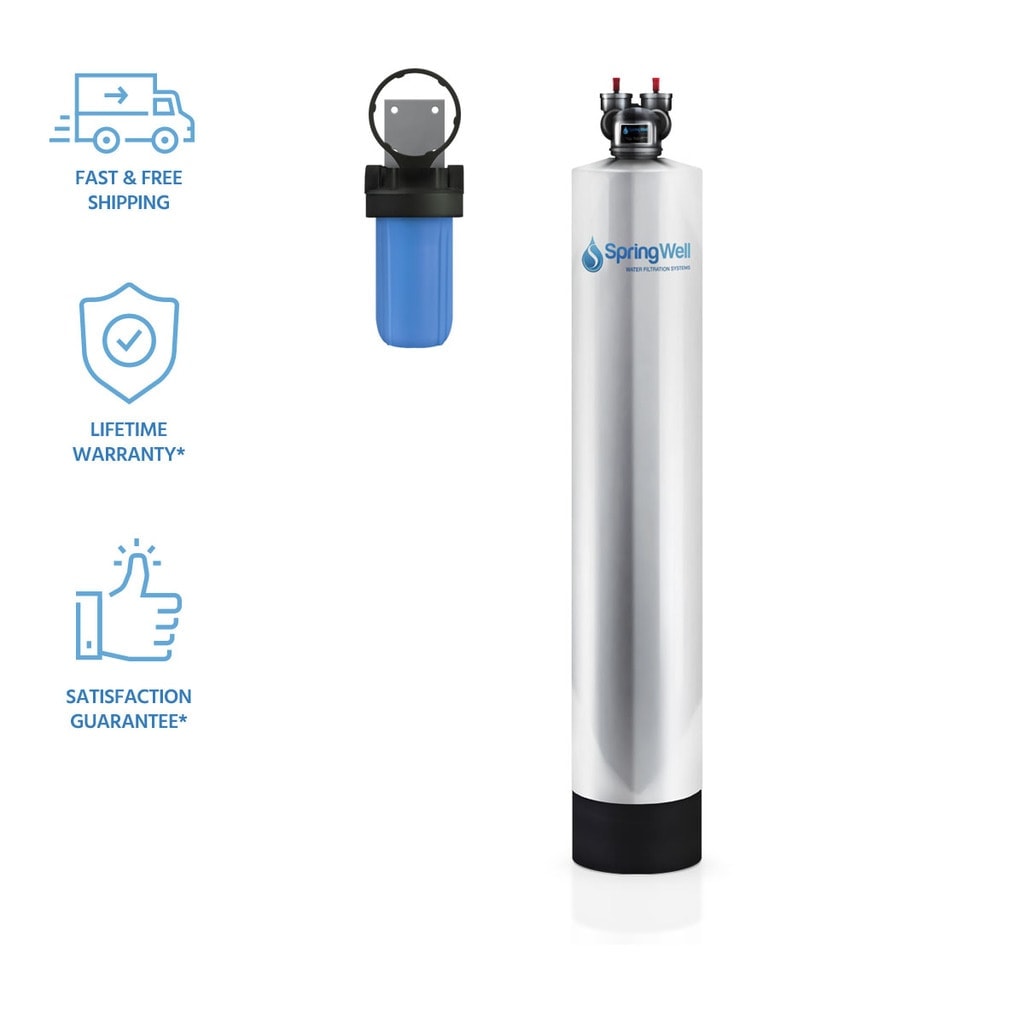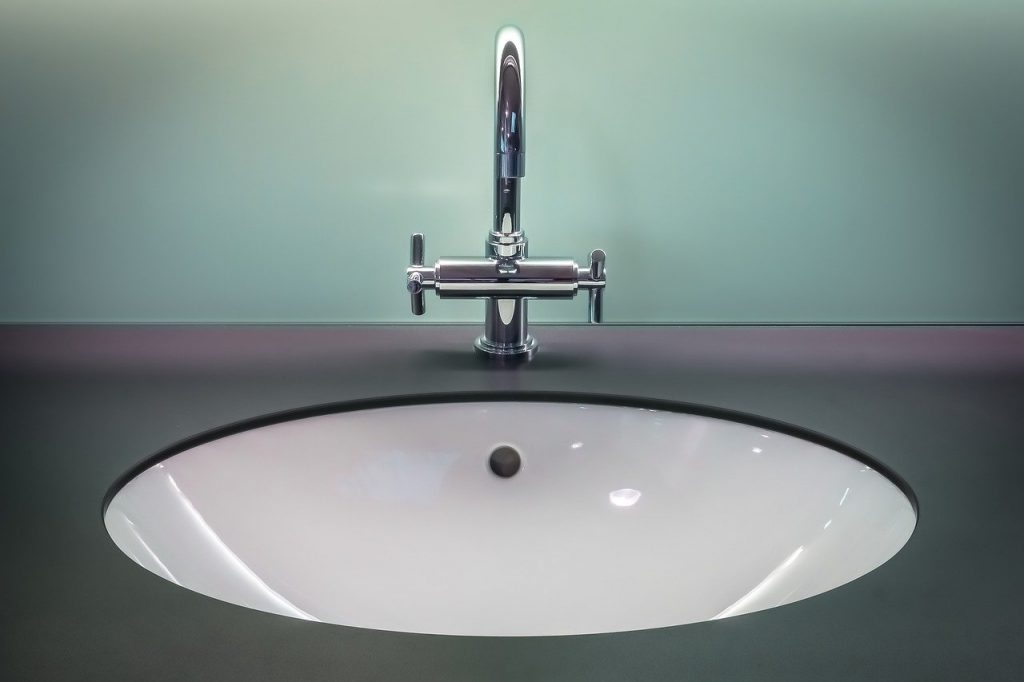Water Softener Grains Explained

Over the life range of the water softener this means huge cost reserve funds and simplicity of proprietorship.
Water softener grains explained. What does the grain capacity of a water softener mean. One grain of hardness is equal to 1 7 000 pound of rock. Water hardness scale chart. What does this mean.
Speaking of regeneration when you have to do a backwash on a water softener of this size you will need at least 30 36lbs of salt per cubic foot of resin. A grain is defined as approximately 65mg about the weight of a cereal grain such as wheat or rye. How is the hardness of water measured. The hardness of water is measured in grains per gallon gpg.
Conventional ion exchange water softeners used to remove minerals from hard water in buildings usually use salt in an ion exchange process swapping in sodium ions salt and causing calcium and magnesium to precipitate out of the building water supply and to collect in the water softener. Contingent upon where a water test is performed this data will be accounted for in mg l milligrams per liter or gpg grains per gallon. Ions of calcium and magnesium aka hardness are grabbed onto by the water softener and exchanged for ions of sodium. Click to enlarge any image or table.
This can include other minerals like iron and manganese. Many manufacturers forget to mention this little statistic. Iron can leave a reddish brown colored stain on fixtures and appliances when it s as low as 0 3 ppm. The softener is installed in the basement garage utility closet or wherever water enters the house.
A water softener can only work to remove so much hardness grains before it has to regenerate and this is got something to do with how the softening process works. It is very difficult to remove once the stain has been applied but you can prevent this from happening with a water softener. At some point in time all the resin beads inside the softener s tank will get saturated and this makes them unable to bind with calcium and magnesium ions anymore. The grains capacity of a softener is the weight of calcium and magnesium hardness compounds that can be removed from the water before the softener is saturated and must be regenerated.
Your municipal water supply may measure water hardness in milligrams mg liters l or parts per million ppm. Before buying a system for your home you should consider the number of people in your household and how much water you use. Water softeners are measured by either grain capacity gallons or cubic feet. The ion exchange process will furthermore attract and eliminate any positively charged ion also known as a cation.
Water softeners are a type of ion exchange technology. As mentioned above the capacity of a water softener describes how much hardness it can remove before it needs to regenerate. This is the measure of the amount of calcium and magnesium dissolved in your water. Calcium ca2 and magnesium mg2 are the two water hardness causing minerals.
What this means is a 32 000 grain capacity water softener will probably only deal with about 28 000 30 000 grains before regeneration is required. A water softener advertised as a 32 000 grain system should be able to remove 32 000 grains of hardness before it requires regeneration right. The internet is littered with websites selling 24 000 32 000 48 000 64 000 grain water softeners. A typical water softener consists of a tall narrow water softener tank and a short wide.
Water softeners primarily remove calcium and magnesium ions from hard water. One gpg is equal to 17 1 mg l or 17 1 ppm. The rated capacity of a softener is the maximum number of grains of water hardness the unit can remove prior to regeneration. Grains per gallon is the business standard approach for talking about water.




